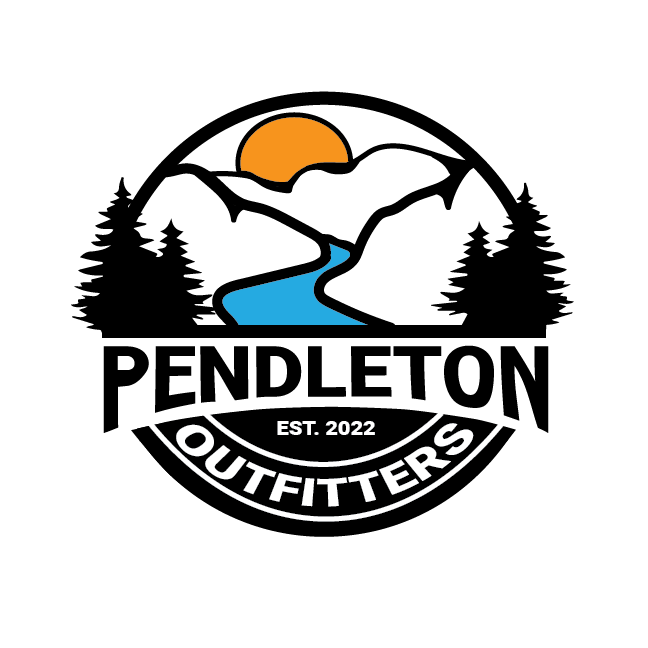Highlighting the Ingenuity and Functionality of Six Moon Designs
If it had to be boiled down to one sentence:
Six Moon Designs offers durable ultralight shelters whose quality is only matched by their affordability.
Made by hikers, for hikers. This Oregon based company has attention to detail written all over it. It's only when assembled that you're able to appreciate the mindfulness that goes into designing these minimalist style shelters. In this article we'll highlight key features, recommend best uses, and related products that should be purchased with a shelter.
Each item below has a link to the product on our website. Enjoy!
Highlights from Each Shelter
Lunar Solo
The cornerstone shelter for solo use, this award winner weighs only 26 oz. What appears as a simple design is loaded with thoughtful input with regard to zippers, pockets, guy lines, and more. Takedown is fast and easy.
Lunar Duo Explorer
Best pick for two-person use. My favorite feature is the dual entry. Why? If you're an early riser, or nature calls in the middle of the night, you can hop outside without having to climb over your sleeping partner. The shelter is spacious enough to sleep two people comfortably, while allowing room to stow gear under cover.
Lunar Duo Outfitter
If it looks a lot like the Lunar Duo Explorer, that's because it is. Exchange a lower price point for a heavier option withe the Outfitter. 57 oz is a very packable weight for a shelter that will more than comfortably sleep two adventurers.
Skyscape Trekker
For the soloists who prefer extra leg room, or dual entry. The Skyscape is a great option for those who are exceptionally tall or appreciate customizability.
Skyscape Scout
Value option for the solo tripper. The Scout is essentially the value option for the Trekker. A lower price point for material that weighs a little more. 40 oz to the Trekker's 28 oz.
Gatewood Cape
Unique, lightweight and compact. You won't know you're packing it until you need it. The Gatewood Cape doubles as a shelter, and a poncho that will easily fit over the hiker and their pack. This is great for carrying in unpredictable weather conditions, or in the summertime when only a basic shelter is needed.
What Related Products Should I Look at?
Trekking Poles or Tent Pole(s)
You need something to pitch the tent with. I prefer the minimalist approach of using trekking poles for tent poles, since I'll have them with me anyway, However, purchasing dedicated tent poles is a solid option for bike campers, or those who don't hike with trekking poles. Depending on the shelter, one or two poles will be required, with a length of either 45" of 49", depending on the shelter.
Tent Sealant
Waterproof the seams before use to ensure maximum weather protection. Simply setup the shelter and brush the stitched seams. Also useful for repairing pinholes and small tears.
Tent Stakes
Use tent stakes to fasten the guy lines and secure the shelter. These have handy pull cords attached, which means no scraping through the dirt and gravel to get a good grip when it's time to pack up.
Footprint
Consider it an affordable insurance policy for your shelter. Putting the footprint down first will protect the floor from sticks and rocks. These come in two sizes, the product description recommends which shelter to match with.
Not for Shelters, but Also Useful:
Packing Pods - 3 Large, or Mixed Size
Backpacking is all about being compact and organized. These packing pods are weather resistant, lightweight, and will save time rummaging through your pack for that dang tube of toothpaste that you're now trying to remember if you packed or not, because it's apparently nowhere to be found! I like these for the ability to categorize my gear, and have a little extra insurance on keeping things like clothing and electronics dry.
Pack Liner
Lining the inside of your pack to keep weather out is the most common application. Light and slick enough that pack capacity will not be limited. These can also help with pack organization. They also make for good storage bag for activities like biking and rafting.








